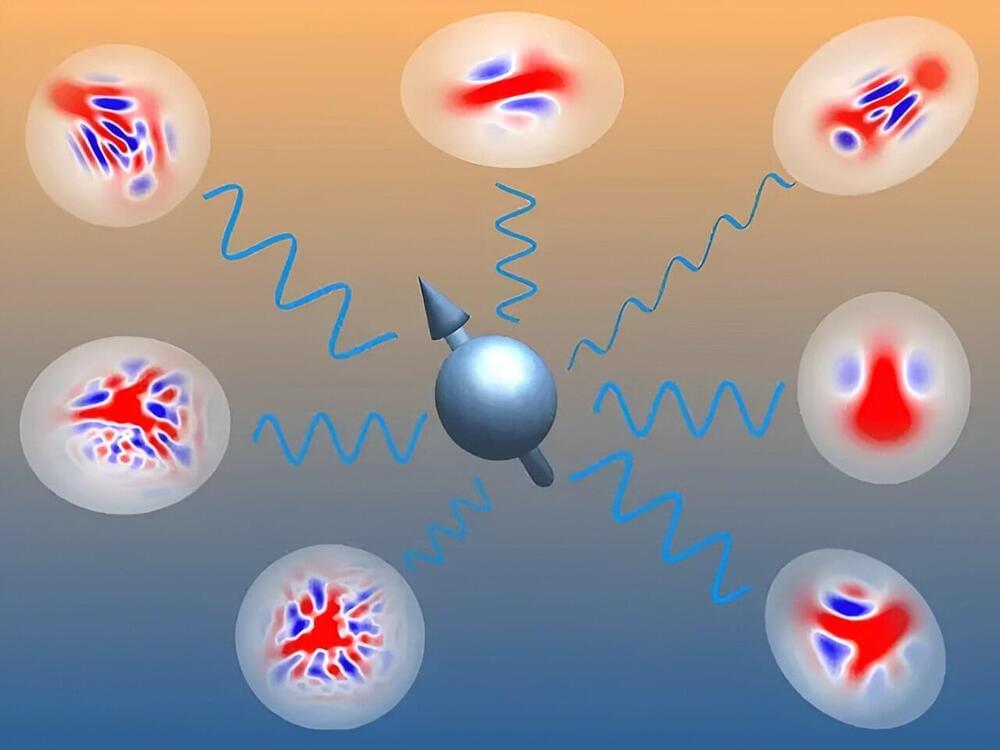In a new publication in Physical Review Letters, researchers in Amsterdam demonstrate a way to describe spin-boson systems and use this to efficiently configure quantum devices in a desired state.
Quantum devices use the quirky behavior of quantum particles to perform tasks that go beyond what “classical” machines can do, including quantum computing, simulation, sensing, communication and metrology. These devices can take many forms, such as a collection of superconducting circuits, or a lattice of atoms or ions held in place by lasers or electric fields.
Regardless of their physical realization, quantum devices are typically described in simplified terms as a collection of interacting two-level quantum bits or spins. However, these spins also interact with other things in their surroundings, such as light in superconducting circuits or oscillations in the lattice of atoms or ions. Particles of light (photons) and vibrational modes of a lattice (phonons) are examples of bosons.
